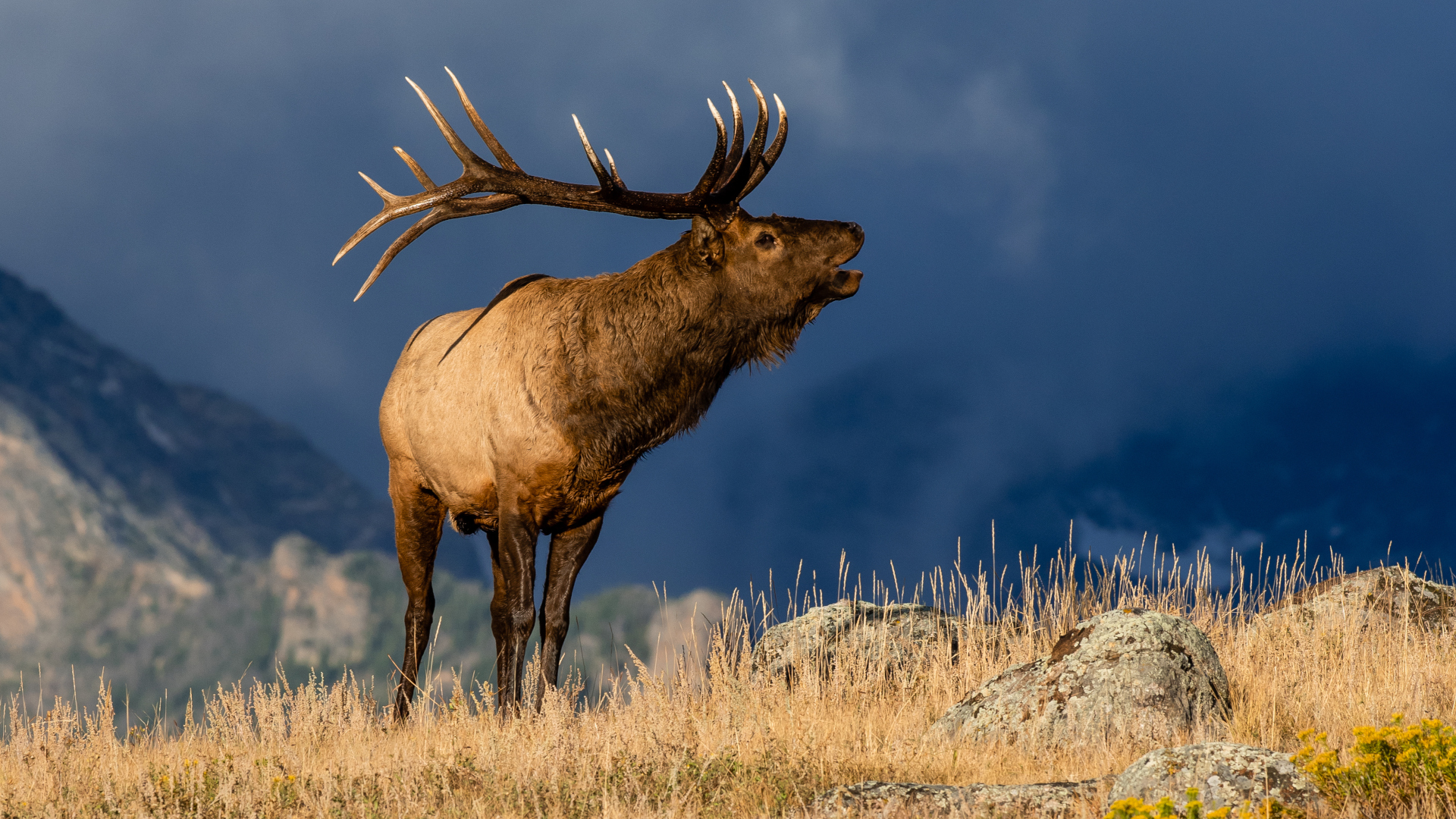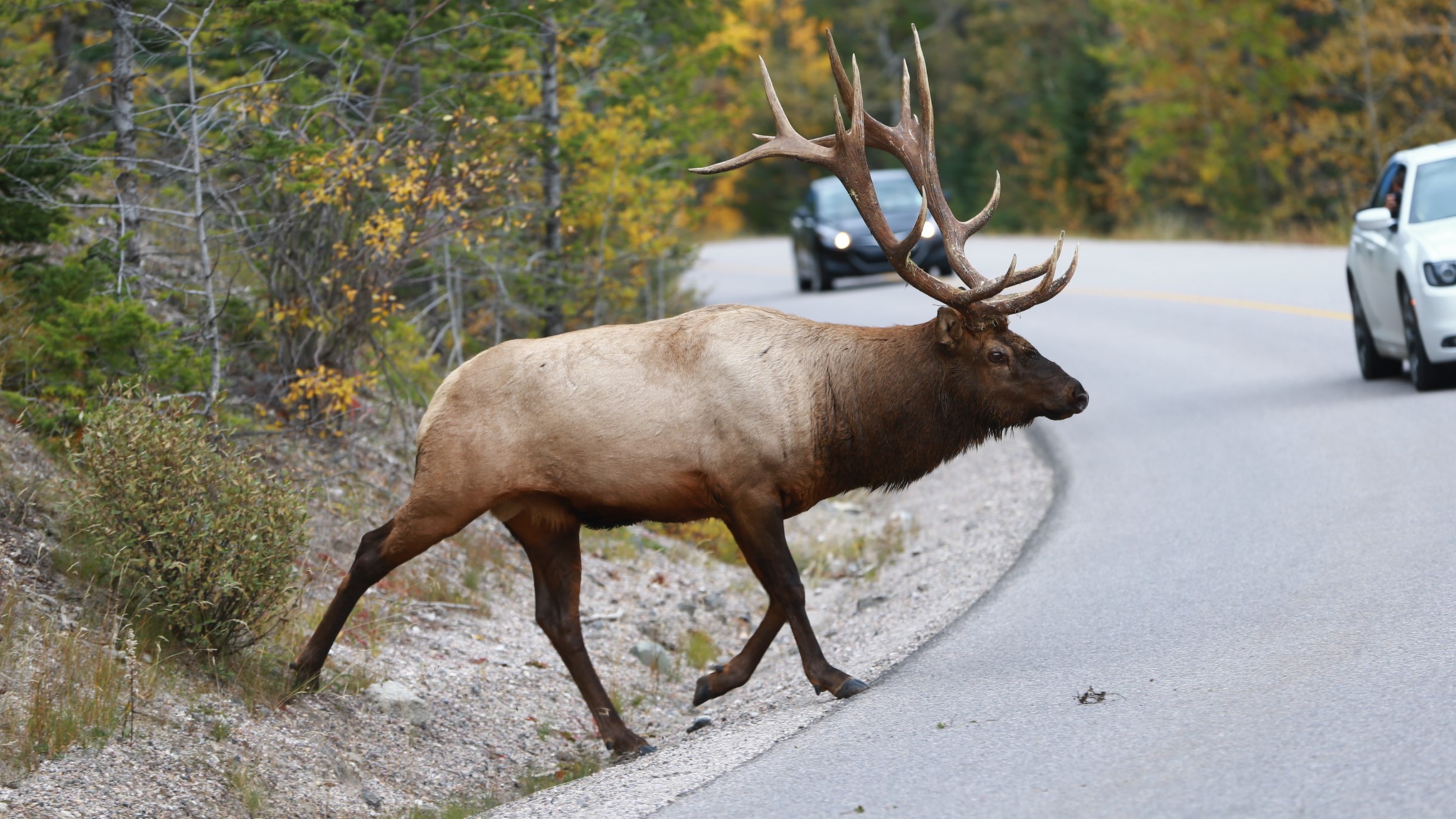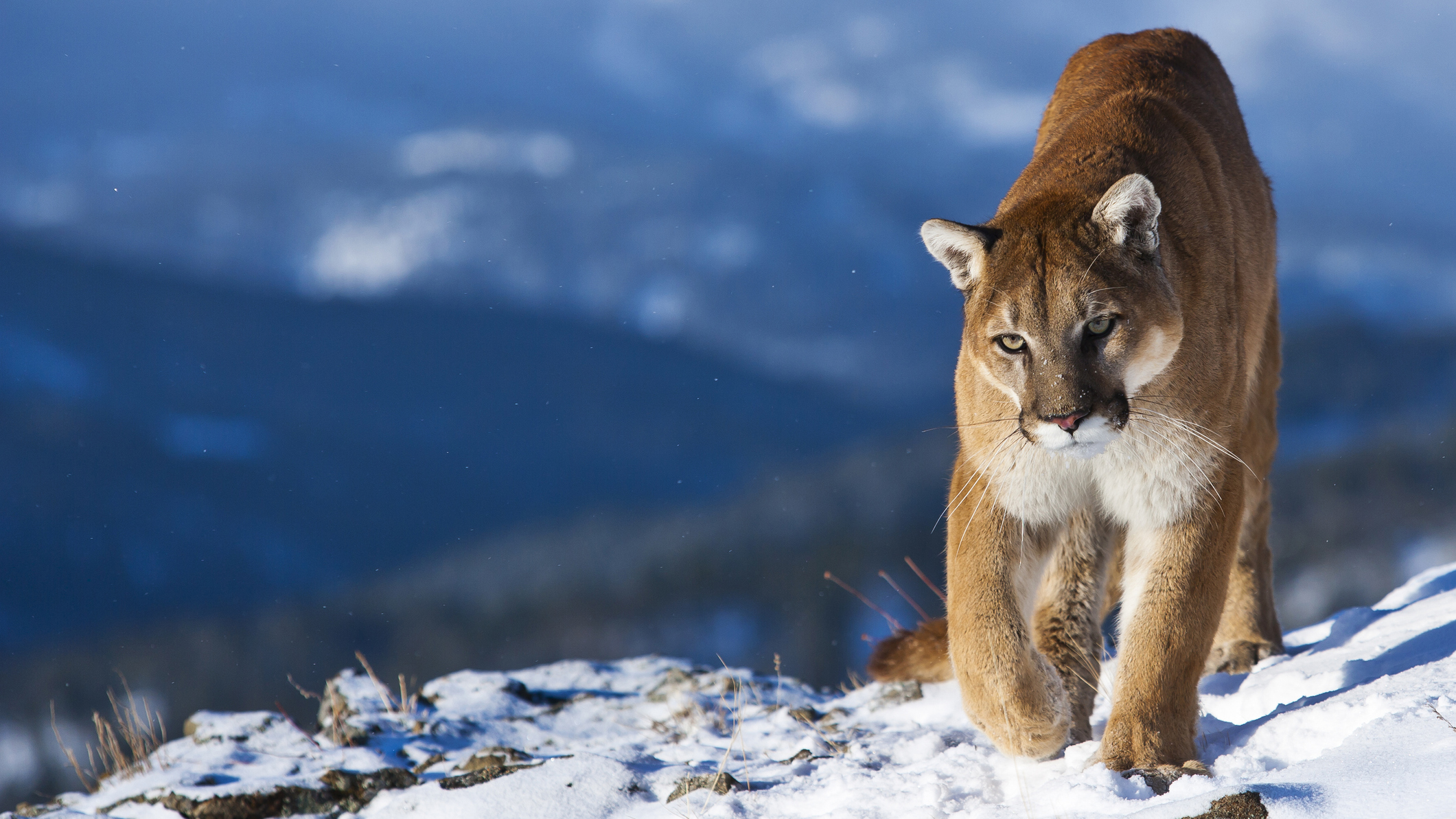4 reasons you really need to stop getting so close to wildlife on your hikes
Whether you want to ride a bison or just get a selfie with one, it’s important to resist the urge to get up close and personal with wildlife

Wildlife sightings can easily form some of the most memorable parts of your outdoor adventures. For me personally, frolicking bears and mighty moose on the trails of Colorado, howler monkeys in the Panamanian jungle and alligators lurking in Florida’s Everglades are moments I’ll never forget. No one could blame you for wanting to get your eyes on a bison in Yellowstone or even a bear in Yosemite. The problem is when you want to get your hands on them.
Grazing elk and bighorn sheep might seem docile and even friendly, but they’re not. Whether you want to ride a bison or just get a selfie with one, it’s important to resist the urge to get up close and personal with wildlife. If you’ve been ignoring the warnings not to try and feed the wildlife because you think everyone’s just trying to ruin your fun, read on for four reasons why you need to stop getting so close to wildlife on your hikes.

1. You could get hurt
Look, by no means is this the most important reason to give wild animals a wide berth, but we figure it’s wise to appeal to your innate sense of self-preservation first. Bison might just look like fluffy cows you want to pet and baby bears are indeed very huggable, but get too close and you could get gored like the Utah man who tried to pet a bison, or get swiped like the Pennsylvania fellow who thought he could corral a hungry bear at a picnic.
Hardly a day goes by when we don’t have to report on someone getting clawed, kicked, bitten or even killed by an irate elk, moose or bear and it’s not because they’re naturally aggressive animals – it’s because people got too close and made them feel threatened. If you like having limbs and want your flesh to stay attached to your body, keep away from wild animals and admire them through your binoculars.

2. They could get hurt
More importantly than you suffering a flesh wound and getting ridiculed on social media for mobbing a bear cub, your desire to snap a selfie with an elk. After all, most animals will only charge you if there isn’t another way out. If there’s an escape route, they’ll take it to get some distance between you and them, and if you’re in a National Park or somewhere with roads, that could mean they run out in front of a car, which could endanger drivers if we’re talking about a big animal. If you accidentally find yourself in an animal’s space, secure your pets and back away slowly.
Even if an animal doesn’t bolt when you get too near, spending time in your company can mean that animals get used to being around humans, which down the line could mean they’re at risk of being euthanized by wildlife safety officials.

3. You could make them sick
More common than inadvertently sending an animal out in front of someone’s Range Rover is that your desire to pet that mountain goat could make it sick. Chances are, when you come across a beautiful, yet skittish beast, you’ll soon realize that one way to draw it closer to you for a snap is using the temptation of tasty treats. But your human food can make animals sick, never mind the fact that you (yes, you) and your pets can be carrying diseases that can really harm animals.
All the latest inspiration, tips and guides to help you plan your next Advnture!
Heartworm from dogs can kill animals like coyotes and mountain lions, while you can actually transmit flu to the harmless black-footed ferret according to the CDC, and it’s already one of the most endangered animal in North America without your germs. Keep your trail mix and your germs to yourself.

4. They could make you sick
Don’t give a hoot about giving a ferret the flu? Don’t forget that disease transmission is a two-way street, and you could get sick from touching wildlife (as well as risking being bitten). Diseases like rabies do run amongst wildlife like bats, marmots and even moose and you could be at risk if you don’t give them more room.
Julia Clarke is a staff writer for Advnture.com and the author of the book Restorative Yoga for Beginners. She loves to explore mountains on foot, bike, skis and belay and then recover on the the yoga mat. Julia graduated with a degree in journalism in 2004 and spent eight years working as a radio presenter in Kansas City, Vermont, Boston and New York City before discovering the joys of the Rocky Mountains. She then detoured west to Colorado and enjoyed 11 years teaching yoga in Vail before returning to her hometown of Glasgow, Scotland in 2020 to focus on family and writing.

